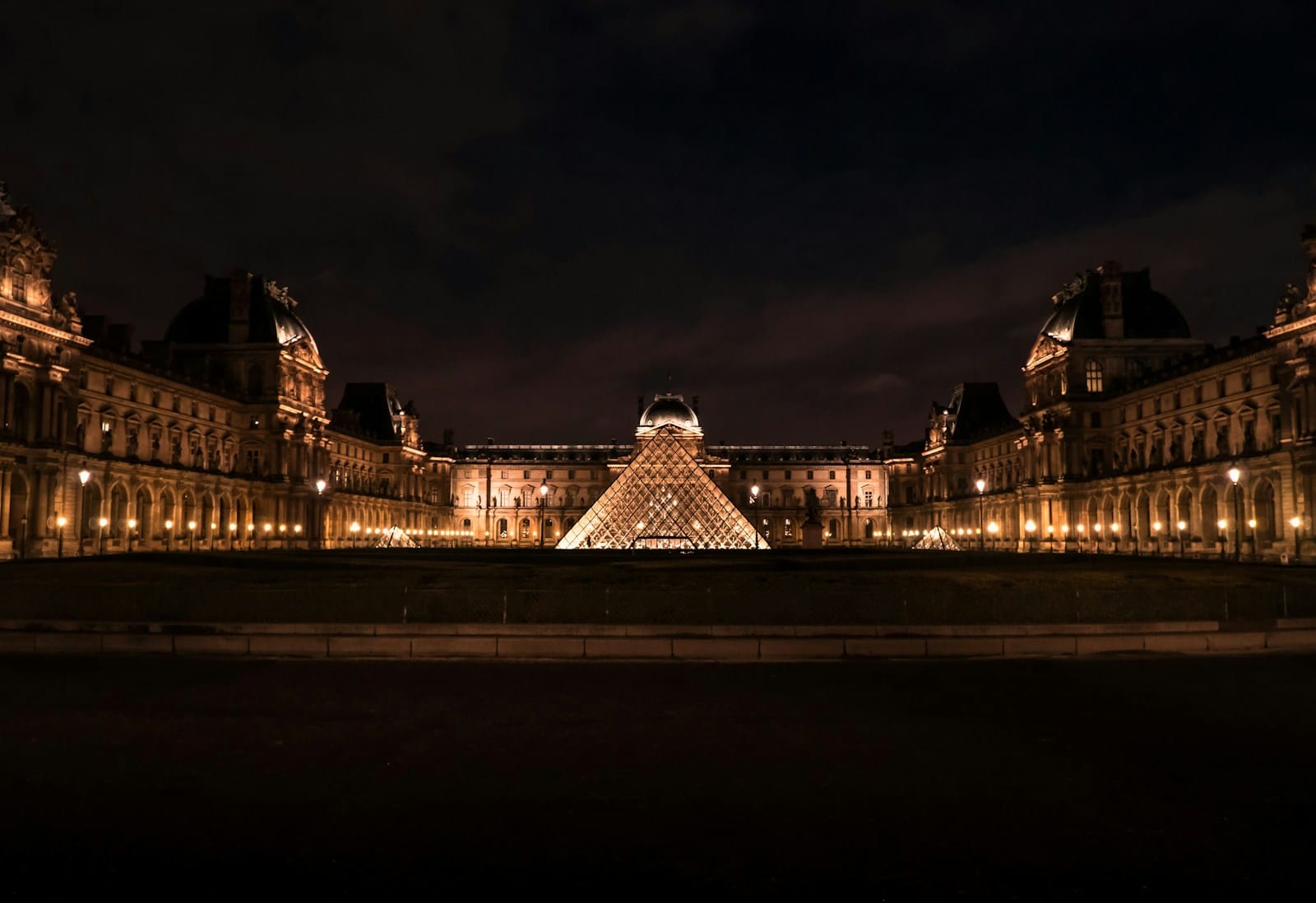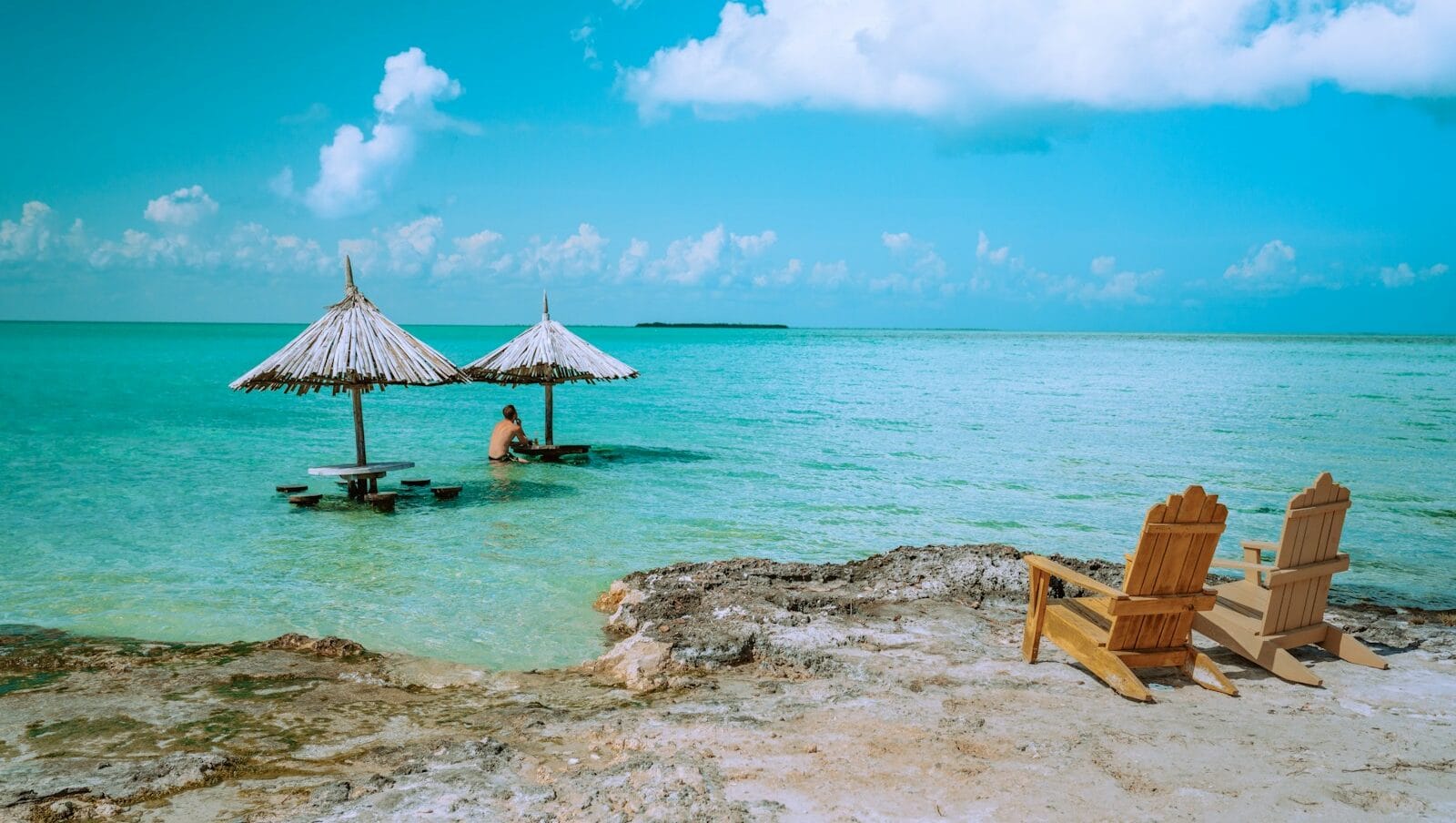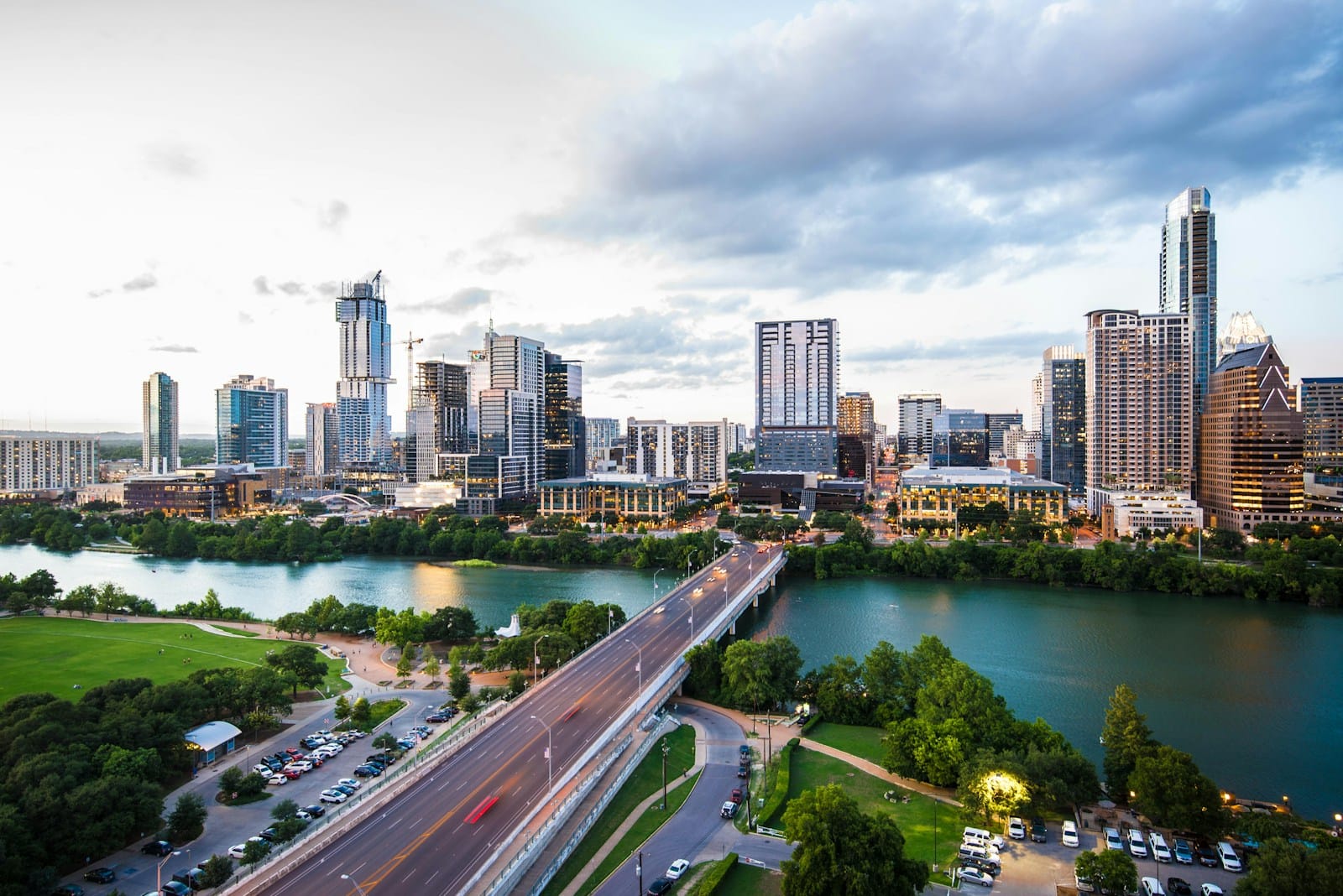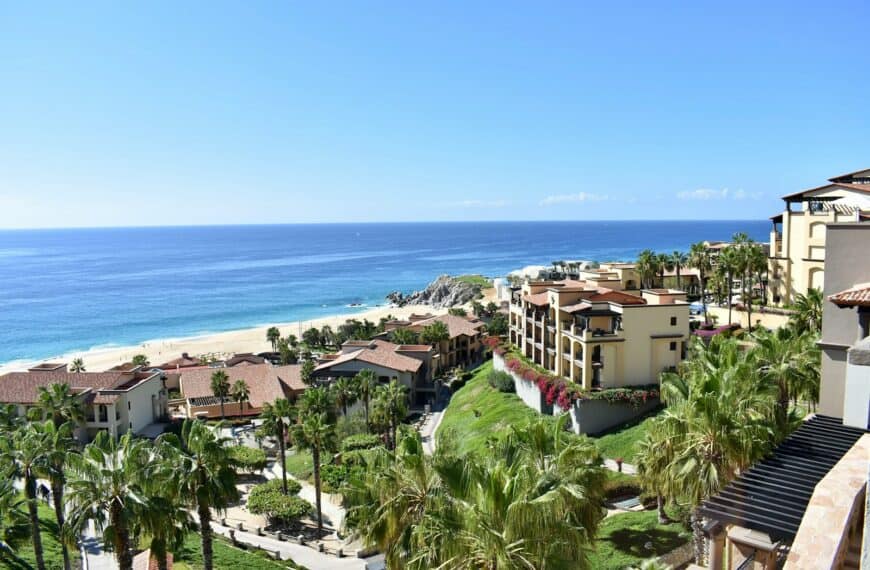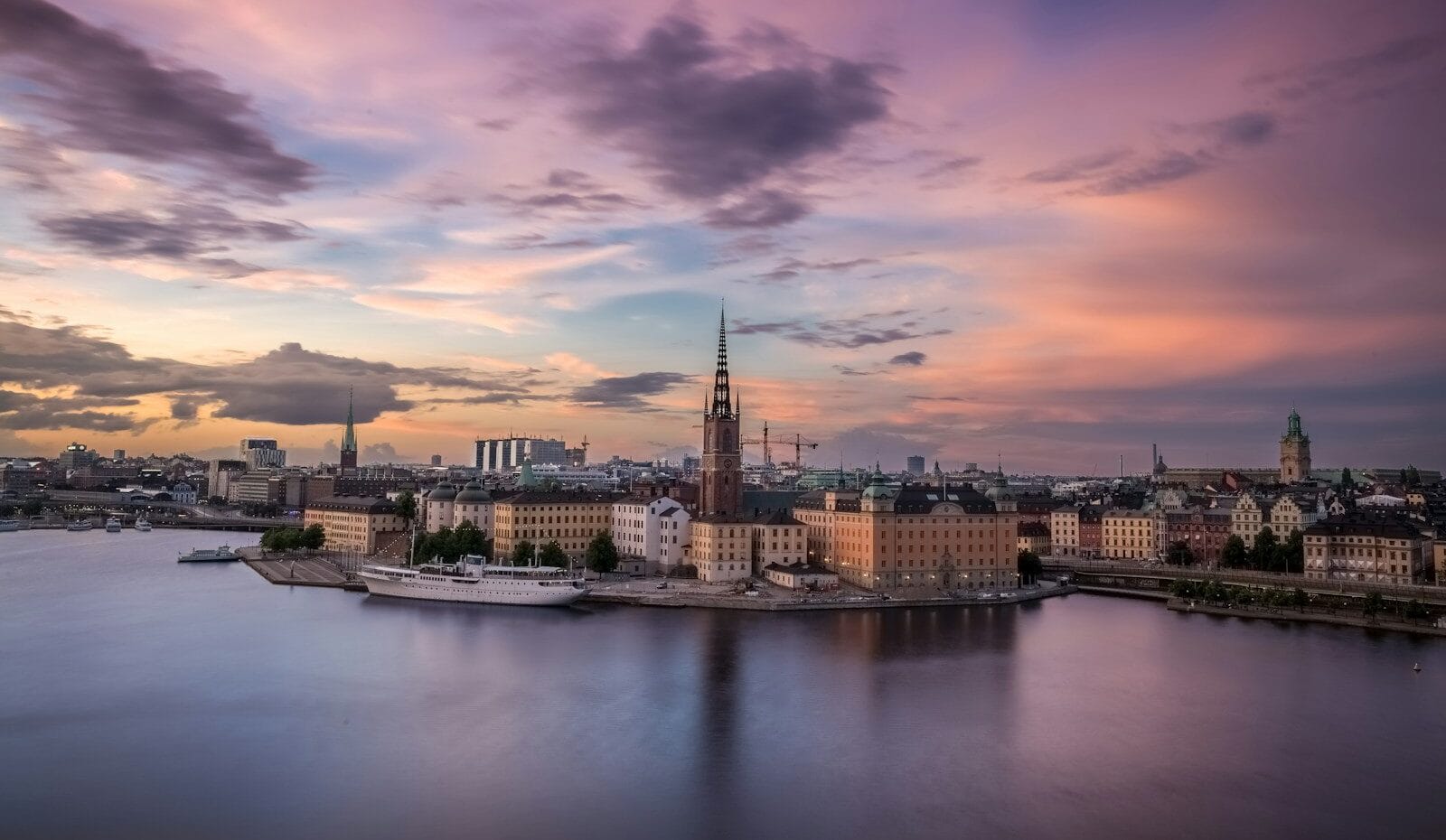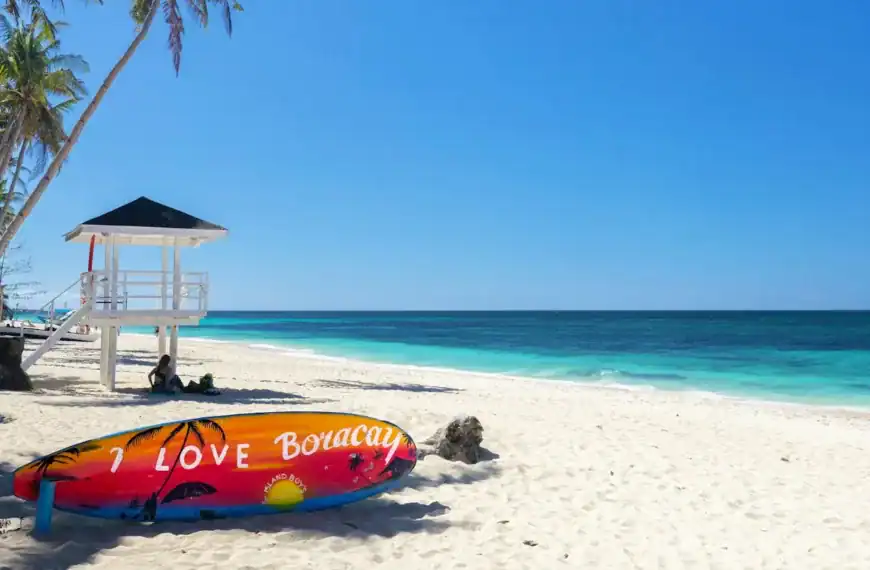France Travel Guide: Explore Culture, Cuisine & Countryside
Intro to France Travel Guide
France is a country where every corner tells a story — from Parisian boulevards and vineyard-covered hills to medieval villages, sun-soaked Riviera beaches, and snow-dusted Alpine peaks. It’s a land of timeless elegance, bold flavors, revolutionary art, and deep cultural pride.
Whether you’re sipping wine in Bordeaux, exploring lavender fields in Provence, hiking the Pyrenees, or wandering through the Louvre, France rewards travelers with sophistication, variety, and a sense of discovery.
Start planning your trip with our complete France Tour Guide — explore iconic cities, regional treasures, and unforgettable experiences across every season.
Where to Go in France
Auvergne-Rhône-Alpes | Bourgogne-Franche-Comté | Brittany | Centre-Val de Loire | Corsica | Grand Est | Hauts-de-France | Île-de-France | Normandy | Nouvelle-Aquitaine | Occitanie | Pays de la Loire | Provence-Alpes-Côte d’Azur
💡Quick Facts:
Destination: France
Continent: Europe
Country: France
Administrative Division: 18 regions (13 metropolitan, 5 overseas)
Area: 551,695 km² (metropolitan France)
Population: ~68 million
Density: ~119/km²
Capital: Paris
Regions/Subregions: Île-de-France, Provence-Alpes-Côte d’Azur, Nouvelle-Aquitaine, Occitanie, Brittany, Normandy, Grand Est, Auvergne-Rhône-Alpes, Hauts-de-France, Centre-Val de Loire, Bourgogne-Franche-Comté, Corsica, and overseas regions (Guadeloupe, Martinique, French Guiana, Réunion, Mayotte)
Official Language: French
Regional Languages: Breton, Basque, Corsican, Occitan, Alsatian, Catalan
Currency: Euro (EUR, €)
Time Zone(s): CET (UTC+1), CEST (UTC+2 in summer)
Airports: Charles de Gaulle (CDG), Orly (ORY), Nice Côte d’Azur (NCE), Lyon (LYS), Marseille (MRS), Toulouse (TLS)
Climate: Temperate; Mediterranean in the south, oceanic in the west, continental in the east
Known For: Eiffel Tower, Louvre Museum, wine regions (Bordeaux, Champagne), French Riviera, Mont Saint-Michel, Versailles, cuisine, fashion
🛂Arrival Info:
Most EU/EEA citizens: visa-free entry.
U.S., Canada, UK, Australia, and many others: visa-free up to 90 days (Schengen).
Schengen Visa required for other nationalities.
ETIAS (Electronic Travel Information and Authorization System) required starting 2025 for visa-exempt travelers.
Official visa portal: France-Visas
Customs info: Douane.gouv.fr
🏥Health Info:
Recommended vaccines: Hepatitis A, Hepatitis B, routine vaccines, tick-borne encephalitis (rural east/Alps).
Health care: High standard nationwide; public hospitals in all major cities.
Emergency number: 15 (SAMU – ambulance).
English-speaking clinics available in Paris, Nice, Lyon.
Travel insurance recommended for non-EU visitors.
🚑 Check travel insurance options for travel emergencies, delays, and medical needs abroad — Get coverage here
💉 Stay Informed with Official Updates: WHO – International Travel & Health | CDC – Travel health updates
🚨Travel Advisory:
Generally safe: petty theft common in tourist zones (Paris, Marseille, Nice).
Terrorism threat remains (medium-level alerts).
Strikes and protests can disrupt transport services.
Official advisories:
🌍Track Real-Time Official Updates: US Travel Advisory | UK Foreign Travel Advice | Government of Canada
🥳Holidays:
Bastille Day (14 July): National holiday, parades, fireworks.
Armistice Day (11 November): Commemorates end of WWI.
Assumption Day (15 August): Religious observance, public holiday.
Labour Day (1 May): Worker celebrations, demonstrations.
Christmas Day (25 December): National holiday.
💰Visitor Info:
Currency: Euro (€).
ATMs widely available; credit cards accepted nearly everywhere.
Tipping: not required but rounding up or leaving small change is common.
Duty-free: within EU limits; tobacco and alcohol allowances for non-EU arrivals.
Tourist tax applies in most cities (€0.20–€4 per night).
Daily budget:
Budget: €60–€100
Midrange: €120–€200
Luxury: €250+
🛫Airports:
Paris Charles de Gaulle (CDG): Main hub, 25 km from city center.
Paris Orly (ORY): Domestic and European flights.
Nice Côte d’Azur (NCE): Gateway to French Riviera.
Lyon-Saint Exupéry (LYS): Serves Auvergne-Rhône-Alpes.
Marseille Provence (MRS): Southern France gateway.
Toulouse-Blagnac (TLS): Major southwestern hub.
🧳 Delayed or canceled flight? Check if you’re eligible for compensation
🚍Transport:
Local: Metro systems in Paris, Lyon, Marseille, Lille, Toulouse.
Buses and trams widely available.
Ride-hailing: Uber, Bolt.
Intercity: TGV high-speed rail, regional TER trains, buses (FlixBus, BlaBlaCar Bus).
Driving: Right-hand traffic; IDP recommended for non-EU licenses.
Congestion common in Paris; strikes affect trains/airports.
🚗 Book reliable airport transfers and in-city rides in advance. Reserve your ride here
🛰️Connectivity:
SIM/eSIM providers: Orange, SFR, Bouygues, Free Mobile.
EU roaming applies for EU/EEA travelers.
Free Wi-Fi in cafes, hotels, public spaces.
5G coverage in major cities.
🛜 Stay connected abroad with affordable eSIM data packs. Get your eSIM here
📜Laws & Etiquette:
Legal drinking age: 18.
Smoking restricted in enclosed public spaces.
LGBTQ+ rights protected, Pride events in major cities.
Dress codes: conservative in religious sites.
Politeness: always greet with “Bonjour” before asking questions.
👮Emergency Info:
Emergency numbers: 112 (EU-wide), 17 (police), 18 (fire), 15 (ambulance).
U.S. Embassy Paris: fr.usembassy.gov
Tourist police available in Paris.
Traveler assistance services in airports and major stations.
🏛️ Use embassy locator tools: Embassies Worldwide
🌞Weather:
Northwest (Paris, Normandy, Brittany): mild winters, cool summers, rain year-round.
South (Provence, Riviera): hot, dry summers; mild winters.
East (Alsace, Alps): cold winters, snowy Alps; warm summers.
Best time: May–June and September–October (mild weather, fewer crowds).
🌦️ Stay prepared—check the weather forecast for your destination — Weather Forecast
France Travel Guide by Region – Where to Go
France’s regional diversity is a traveler’s dream. From alpine villages and lavender fields to cosmopolitan cities and wine valleys, here’s how to plan your trip region by region:
Île-de-France
- Paris – The heartbeat of France. Iconic landmarks like the Eiffel Tower, Louvre, and Sacré-Cœur await, paired with romantic walks along the Seine.
- Versailles – Home to the extravagant Château de Versailles, just a short RER ride from Paris.
Provence-Alpes-Côte d’Azur
- Marseille – A gritty port city with a dynamic food scene and gateway to Calanques National Park.
- Nice & Côte d’Azur – Mediterranean charm, pebble beaches, and easy access to Monaco and Cannes.
- Avignon – Medieval walls, papal history, and summer theatre festivals in a sun-drenched Provençal town.
Normandy
- Mont-Saint-Michel – A fairytale island abbey with dramatic tides.
- Rouen – Gothic architecture and Joan of Arc history in a charming old town.
- D-Day Beaches – Sobering WWII landmarks with museums and memorials.
Brittany
- Saint-Malo – Walled port city with pirate history and stunning tidal views.
- Quimper – Traditional Breton architecture and Celtic roots.
- Carnac – Prehistoric standing stones older than Stonehenge.
Nouvelle-Aquitaine
- Bordeaux – One of the world’s premier wine capitals with a UNESCO-listed old town.
- Biarritz – A surfer’s paradise with Belle Époque elegance.
- Dordogne – Castles, caves, and cuisine in a river-cut countryside.
Occitanie
- Toulouse – The “Pink City,” blending aerospace tech with historic churches.
- Carcassonne – A double-walled medieval citadel like a storybook come alive.
- Nîmes – Roman heritage, arenas, and aqueducts like the Pont du Gard.
Auvergne-Rhône-Alpes
- Lyon – Culinary capital of France and UNESCO gem of Renaissance architecture.
- Annecy – Known as “the Venice of the Alps,” with canals and mountain-framed lakes.
- Chamonix & Mont Blanc – France’s alpine playground for hikers and skiers.
Grand Est
- Strasbourg – Half-timbered houses and the European Parliament.
- Reims – Birthplace of champagne and Gothic cathedrals where kings were crowned.
- Colmar – Alsatian storybook village with canals and colorful facades.
Hauts-de-France
- Lille – Flemish-influenced city with vibrant markets and a strong cultural scene.
- Amiens – Gothic cathedral and scenic canals in northern France.
Corsica
- Ajaccio & Bastia – Napoleon’s birthplace and seaside citadels with Mediterranean flair.
- GR20 Trail – One of Europe’s toughest and most rewarding long-distance hikes.
Top Places to Visit in France
Cultural Capitals
- Paris – A timeless blend of romance, art, fashion, and history.
- Lyon – France’s gastronomic hub with cobblestoned Renaissance quarters.
- Strasbourg – Where French and German cultures blend in architecture and cuisine.
Nature Escapes
- Chamonix-Mont Blanc – Ski resorts, glaciers, and Europe’s tallest peak.
- Gorges du Verdon – A turquoise canyon perfect for kayaking and cliff hikes.
- Camargue – Wild white horses, pink flamingos, and rice paddies of the south.
Historic Sites
- Carcassonne – A fully preserved medieval fortress town.
- Versailles – Gold-leafed palace, manicured gardens, and royal drama.
- Normandy Landing Beaches – D-Day memorials rich in World War II history.
Islands & Coasts
- Corsica – Rugged coastlines and wild hiking routes in a Mediterranean jewel.
- French Riviera – From Nice to Saint-Tropez, sun-soaked glamour meets azure waters.
- Île de Ré – Cyclist-friendly and dotted with salt flats and charming villages.
How to Choose Where to Go in France
- For art, fashion, and history: Start in Paris, then add Versailles or Rouen.
- For wine & food: Combine Bordeaux, Lyon, and Dijon for tastings and traditional fare.
- For beach lovers: Nice, Corsica, and Biarritz deliver surf, sun, and sea breezes.
- For adventure: Hike in the Alps, explore Verdon Gorge, or tackle the GR20 in Corsica.
- For medieval charm: Choose Carcassonne, Strasbourg, or Colmar.
Pair cities with nearby countryside for a well-rounded French experience.
How to Get Around France
France’s public transport is world-class, especially for long distances:
- Trains: The TGV (high-speed rail) links cities like Paris, Lyon, Marseille, and Bordeaux. Book early for savings.
- Regional trains (TER) connect towns and villages affordably.
- Buses: FlixBus and BlaBlaCar Bus offer budget intercity routes.
- Domestic flights: Quick but often unnecessary due to train speeds.
- Car rentals: Ideal for rural regions like the Dordogne, Corsica, or the Alps.
- Urban transport: Metro systems in major cities, plus tramways and bike rentals.
- Apps: SNCF Connect (trains), Citymapper (urban navigation), and BlaBlaCar (rideshares).
Travel Budget & Costs in France
Average Daily Costs:
- Budget: €60–80/day (hostels, bakeries, local transport)
- Mid-range: €120–180/day (3-star hotels, regional dining, TGV)
- Luxury: €250–500/day (boutique stays, Michelin-star meals, private tours)
Sample Prices:
- Baguette sandwich: €4–6
- Dinner at a bistro: €20–40
- TGV from Paris to Lyon: ~€40 (advance)
- 3-star hotel: €100–150/night
Money-saving tips:
- Use city passes (e.g., Paris Museum Pass)
- Shop at local markets
- Travel by train pass or bus for intercity hops
Best Time to Visit France
- Spring (April–June): Mild weather, fewer crowds, and blooming gardens.
- Summer (July–August): Festivals galore, beach season, but expect crowds and high prices.
- Autumn (September–October): Grape harvests, vibrant foliage, and pleasant weather.
- Winter (December–March): Christmas markets, skiing in the Alps, and cozy bistros.
By Region:
- South of France: Best from May to September
- Alps: Ideal for skiing December–March
- Paris: Year-round charm, though spring and fall are especially pleasant
Must-See Experiences in France
Here’s your curated list of top things to do in France:
- Cruise the Seine in Paris at sunset
- Hike Mont Blanc or the GR20 for alpine thrills
- Attend the lavender bloom in Provence (late June–July)
- Take a Champagne cellar tour in Reims
- Explore the Louvre or Musée d’Orsay with a guided tour
- Cycle through vineyards in Burgundy
- Eat your way through Lyon’s bouchons
- Visit Mont-Saint-Michel during a high tide
- Wander the Alsace wine route during harvest
- Join a cooking class or patisserie workshop
Discover more through France tours and immersive things to do in France via local guides.
Best Travel Itineraries in France
Classic France – 10 Days
- Paris → Versailles → Loire Valley → Lyon → Nice
Perfect for first-timers: mix of cities, castles, food, and coast.
Wine & Food Trail – 7 Days
- Bordeaux → Dordogne → Lyon
Focus on regional cuisine and vineyard visits.
Historic France – 10 Days
- Normandy → Brittany → Loire Valley
Rich in WWII history, medieval towns, and châteaux.
Alps & Riviera – 2 Weeks
- Annecy → Chamonix → Provence → Nice
A dream blend of nature and sun-kissed glamour.
Local Cuisine & Culinary Experiences
Don’t leave France without tasting:
- Croissant & Pain au Chocolat – Buttery, flaky morning staples
- Bouillabaisse – Marseille’s iconic seafood stew
- Coq au Vin – Burgundy-style chicken braised in wine
- Cassoulet – Rich bean and meat casserole from the southwest
- Tartiflette – Alpine dish with potatoes, cheese, and bacon
- Duck Confit – Slow-cooked duck leg, melt-in-your-mouth delicious
- Raclette – Melted cheese scraped over charcuterie and potatoes
- Macarons – Colorful meringue-based sweets in Paris pâtisseries
Explore street food in Paris, Lyon bouchons, or Provençal markets for full culinary immersion.
Travel Safety & Cultural Etiquette in France
Safety Tips:
- Watch for pickpockets in cities like Paris and Marseille.
- Avoid unlicensed taxis or vendors.
- Protests or strikes may disrupt travel — check news in advance.
Etiquette:
- Greet with “Bonjour” before asking questions.
- Avoid loud conversations in public.
- Dress modestly when visiting churches.
- Table manners: keep hands visible (but not elbows on table), and say “Bon appétit”!
Apps to know: Google Translate, WhatsApp, and AntiPickpocket Paris.
Where to Go Next – Pair France with These Destinations
- Italy – Culture, cuisine, and high-speed trains from Lyon or Nice.
- Spain – Easy border crossings from Occitanie or Nouvelle-Aquitaine.
- Switzerland – Scenic train connections from the Alps.
- Belgium – Quick hop from Paris to Brussels via Thalys.
- Germany – Strasbourg offers easy access to the Rhine region.
Italy Travel Guide | Spain Travel Guide | Germany Travel Guide | Switzerland Travel Guide | Belgium Travel Guide
Final Planning Checklist for France
- Finalize your itinerary with regions and cities to match your interests
- Book trains, rental cars, and key accommodations in advance
- Reserve skip-the-line museum and château entries when possible
- Download SNCF Connect, Google Maps, and Citymapper
- Check Schengen visa requirements for your nationality
- Prepare for cultural etiquette: greetings, dining, dress
- Activate or buy a eSIM or local SIM card
- Pack for seasonal changes, especially in spring/fall
Explore France with confidence using our trusted tips, local insights, and region-by-region planning tools.
For more expert travel tips, practical strategies, and trusted tools — visit our Homepage and get inspired for your next trip.

